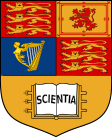Related Research Articles

Imperial College London is a public research university in London, England. Its history began with Prince Albert, consort of Queen Victoria, who developed his vision for a cultural area that included the Royal Albert Hall, Victoria & Albert Museum, Natural History Museum and several royal colleges. In 1907, Imperial College London was established by royal charter, unifying the Royal College of Science, Royal School of Mines, and City and Guilds of London Institute. In 1988, the Imperial College School of Medicine was formed by merging with St Mary's Hospital Medical School. In 2004, Queen Elizabeth II opened the Imperial College Business School.

GKT School of Medical Education is the medical school of King's College London. The school has campuses at three institutions, Guy's Hospital (Southwark), King's College Hospital and St Thomas' Hospital (Lambeth) in London – with the initial of each hospital making up the acronymous name of the school. The school in its current guise was formed following a merger with the United Medical and Dental Schools of Guy's and St Thomas' Hospitals on 1 August 1998. As of 2023, the medical school is ranked 10th best worldwide by Times Higher Education, and 5th best in the UK for clinical medicine by the U.S. News & World Report.

King's College London is a public research university located in London, England. King's was established by royal charter in 1829 under the patronage of King George IV and the Duke of Wellington. In 1836, King's became one of the two founding colleges of the University of London. It is one of the oldest university-level institutions in England. In the late 20th century, King's grew through a series of mergers, including with Queen Elizabeth College and Chelsea College of Science and Technology, the Institute of Psychiatry, the United Medical and Dental Schools of Guy's and St Thomas' Hospitals and the Florence Nightingale School of Nursing and Midwifery.
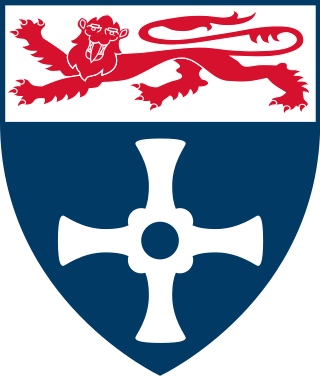
Newcastle University is a public research university based in Newcastle upon Tyne, North East England. It has overseas campuses in Singapore and Malaysia. The university is a red brick university and a member of the Russell Group, an association of research-intensive UK universities.

The Norwegian University of Science and Technology is a public university in Norway and the largest in terms of enrollment. The university's headquarters campus is located in Trondheim, with regional campuses in Gjøvik and Ålesund.
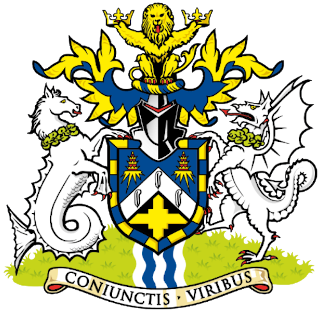
Queen Mary University of London is a public research university in Mile End, East London, England. It is a member institution of the federal University of London. Teaching in Mile End began as a philanthropic endeavour under the auspices of the East London College in the 1880s. Renamed Queen Mary College, after Mary of Teck, the College was admitted to the University of London in 1915. In 1989 the College merged with Westfield College, a college of the University of London, to form Queen Mary and Westfield College.
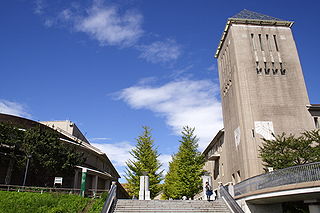
Tokyo Metropolitan University, often referred to as TMU, is a public research university in Japan.

The Medical Research Council (MRC) is responsible for co-coordinating and funding medical research in the United Kingdom. It is part of United Kingdom Research and Innovation (UKRI), which came into operation 1 April 2018, and brings together the UK's seven research councils, Innovate UK and Research England. UK Research and Innovation is answerable to, although politically independent from, the Department for Business, Energy and Industrial Strategy.
Mahanakorn University of Technology is a university in Thailand. The university was established on February 27, 1990 at Nong Chok District, Bangkok. as Mahanakorn College by Prof. Dr. Sitthichai Pookaiyaudom, former Dean of King Mongkut’s Institute of Technology Ladkrabang. The objective was to train engineering students in response to the severe shortage of engineers. MUT was then promoted to full university status under the new name Mahanakorn University of Technology .It is the first and still the only university in the country that operates its own low-orbit microsatellite (TMSAT).
Imperial College Business School is the graduate business school of Imperial College London. The business school was opened by Queen Elizabeth II.
Sir Roy Malcolm Anderson is a leading international authority on the epidemiology and control of infectious diseases. He is the author, with Robert May, of the most highly cited book in this field, entitled Infectious Diseases of Humans: Dynamics and Control. His early work was on the population ecology of infectious agents before focusing on the epidemiology and control of human infections. His published research includes studies of the major viral, bacterial and parasitic infections of humans, wildlife and livestock. This has included major studies on HIV, SARS, foot and mouth disease, bovine tuberculosis, bovine spongiform encephalopathy (BSE), influenza A, antibiotic resistant bacteria, the neglected tropical diseases and most recently COVID-19. Anderson is the author of over 650 peer-reviewed scientific articles with an h-index of 125.
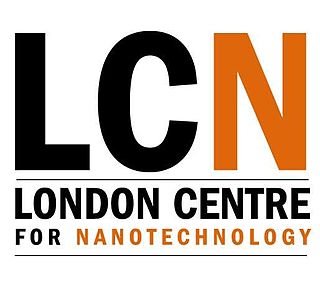
The London Centre for Nanotechnology is a multidisciplinary research centre in physical and biomedical nanotechnology in London, United Kingdom. It brings together three institutions that are world leaders in nanotechnology, University College London, Imperial College London and King's College London. It was conceived from the outset with a management structure allowing for a clear focus on exploitation and commercialisation. Although based at UCL's campus in Bloomsbury, the LCN includes research in departments of Imperial's South Kensington campus and in King's Strand campus.

University of Saskatchewan has over 200 academic programs on its Saskatoon, Saskatchewan campus, and is internationally known for its teaching and research. The on-campus synchrotron Canadian Light Source makes it the only Canadian institution for such nuclear and biotechnology research. Canadian Light Source nuclear research facility provides research and analysis of the internal structures of advanced materials and biological samples. The College of Arts and Science is the largest of the U of S and comprises five separate health science fields in addition to numerous other programs in the Arts, Social Sciences, Humanities, and Natural Sciences. The Department of Computer Science as well as the College of Engineering are ranked highly within their fields. The founding college, the College of Agriculture, is still providing agricultural breakthroughs which are utilized worldwide.
David Edgerton FBA is an English historian and educator. He was educated at St John's College, Oxford, and Imperial College London. After teaching the economics of science and technology and the history of science and technology at the University of Manchester, he became the founding director of the Centre for the History of Science, Technology and Medicine at Imperial College, London, and Hans Rausing Professor. He has held a Major Research Fellowship (2006–2009) from the Leverhulme Trust. In 2013, he led the move of the Centre for the History of Science, Technology and Medicine to the Department of History of King's College London.

Silwood Park is the rural campus of Imperial College London, England. It is situated near the village of Sunninghill, near Ascot in Berkshire. Since 1986, there have been major developments on the site with four new college buildings. Adjacent to these buildings is the Technology Transfer Centre: a science park with units leased to commercial companies for research.
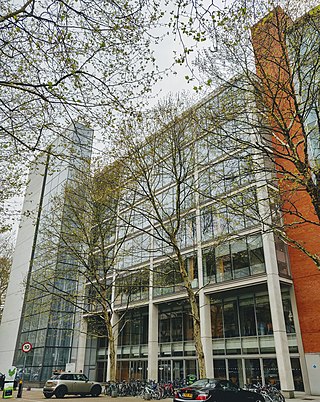
The Faculty of Medicine is the academic centre for medical and clinical research and teaching at Imperial College London. It contains the Imperial College School of Medicine, which is the college's undergraduate medical school.

The Faculty of Natural Sciences is one of the three main faculties of Imperial College London in London, England. It was formed in 2001 from the former Royal College of Science, a constituent college of Imperial College which dated back to 1848, and the faculty largely consists of the original departments of the College. Undergraduate teaching occurs for all departments at the South Kensington campus, with research being split between South Kensington and the new innovation campus at White City.

The Department of Chemistry is responsible for chemistry teaching and research at Imperial College London. The department is one of the largest in the UK with around 63 academic staff, 10 teaching fellows, 95 postdoctoral research scientists and research fellows and 1150 students, including 240 PhD students,150 MRes students and around 750 students studying undergraduate courses. This community is further supported by over 45 support and administrative staff. The department is based across two sites.

The history of Imperial College London can be traced back to the founding of the Royal College of Chemistry in 1845 in London, with some ancestral medical schools dating back to 1823. The college was formed in 1907 out of the Royal Colleges in South Kensington, and throughout the 20th century became central to the national strategy for technical education and research. It existed for most of its life as part of the University of London, only becoming independent in 2007.

The Abdus Salam Library is the main academic and research library of Imperial College London. The current library opened in August 1969, taking over from the original Lyon Playfair Library which had opened in 1959. The collection grew out of earlier libraries of the various departments and colleges, the oldest collection of which dates back to 1845. The Central Library is the largest of the 7 libraries at Imperial with its collection covering all of the college's research departments, forming the main reference library for the college. It is situated on Queen's Lawn next to Imperial College Road, and across from Queen's Tower.
References
- ↑ "RAE 2008: history results". The Guardian . 18 December 2008. Retrieved 28 December 2009.
- ↑ "Top History Unit Moves to King's". King's College London. 7 December 2012. Retrieved 11 April 2014.

